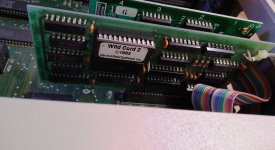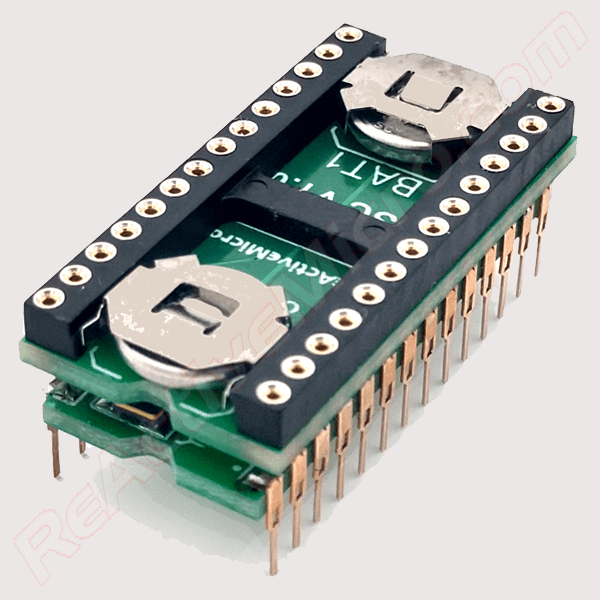VERAULT
Veteran Member
So I was testing and repairing a blown Tantalum Capacitor on an Apple II card so I pulled out my IIe platinum to test it out in. I had forgotten this computer came with an RTC module under the CF Rom. Figured I'd take some pics and investigate a bit.

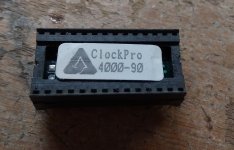
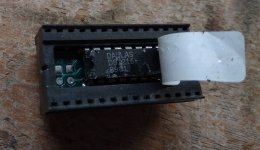
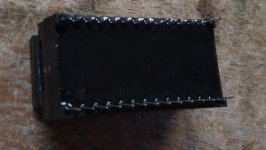
Its labeled ClockPro 4000-90. Has anyone heard of it? Its got a Dallas DS1216 chip in it. The bottom portion is epoxy blobbed. It has 4 solder pads on the top. Think I can solder a CR2032 external battery holder to it and use it?




Its labeled ClockPro 4000-90. Has anyone heard of it? Its got a Dallas DS1216 chip in it. The bottom portion is epoxy blobbed. It has 4 solder pads on the top. Think I can solder a CR2032 external battery holder to it and use it?

